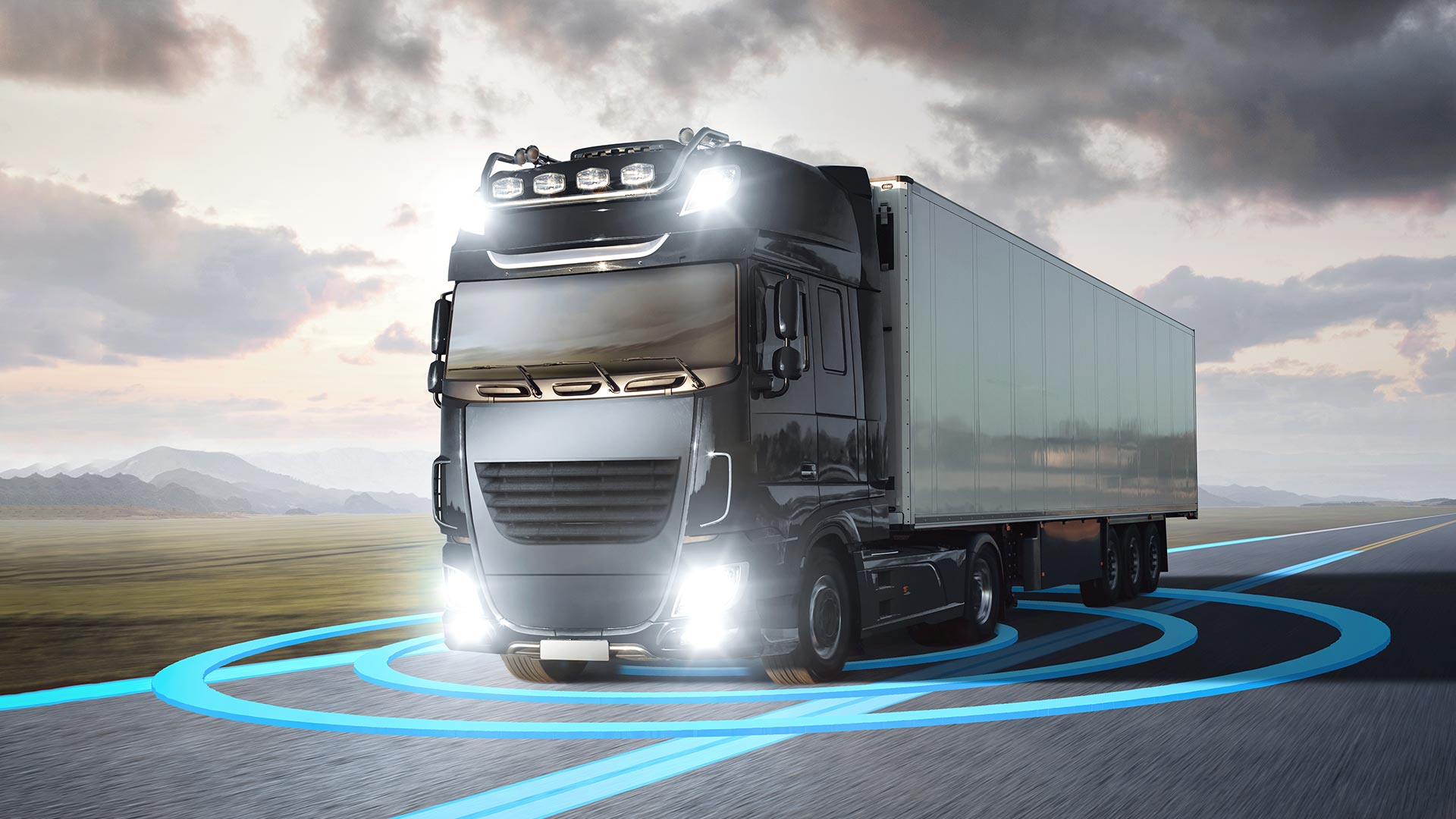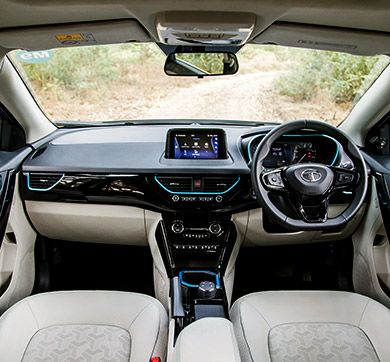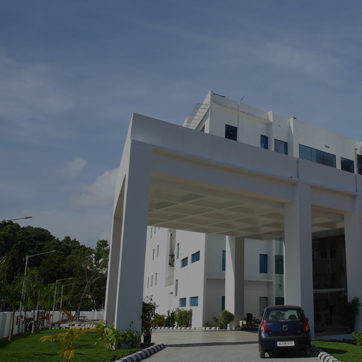March 2022 | 776 words | 3-minute read
Many fuel stations have run dry. Major supermarkets and retailers have reported shortages of some goods. The Port of Los Angeles is backed up as dozens of container ships lie at anchor unable to offload goods. Is this scenario part of some apocalyptic movie? Absolutely not. It’s the actuality in 2021 across the UK, parts of Europe and the USA.
Several factors are causing these supply chain problems. At the core, however, a long-standing problem has exacerbated these blockages — an acute shortage of truck drivers.
Trucking jobs
The trucking industry, goods transport more generally, is worth more than US$700 billion globally; currently, it is completely reliant on having enough qualified drivers. The long-distance job of trucking is tough, demanding a high level of skills, long hours away from home, little social interaction, along with highly regulated processes and monitoring of drivers’ behaviour and performance. It can be monotonous and even dangerous in some countries.
As many older — mainly male — drivers retire, there is a need to attract millennials and more women into the industry. The average age of truckers globally is 50, and only 5 percent are under the age of 25. Most drivers are male, with women drivers accounting for only 2 percent of the workforce currently. The US, at present, has a shortage of 60,000 truck drivers, while Europe is facing a 17 percent shortage of truckers, and the need of drivers is felt worldwide, including India.

A step change
To add to the conundrum, it is estimated that in Europe goods transport will increase by 60% over the next few years, while emissions must reduce by 50%. In much of Europe and the USA, these reductions are mandated by law; thus a change in efficiency and a move to electric and cleaner fuels is inevitable.
Truck makers have been investing heavily in new technologies not only to achieve efficiencies but also to make up for the shortfall of drivers, hence investment in automated and autonomous trucks.
Tata Elxsi has been involved in designing ways to make trucking more appealing to the driver. Towards this, they are working on the interiors to provide higher levels of cabin comfort. This is especially important to attract women into the trucking industry.
Driver-assist systems
Tata Elxsi’s advanced driver assist systems are providing advanced on-board facilities, like stereo cameras, 360 degree views around the vehicle, Lidar for long-range sensing, automated recognition of the environment for enhanced safety, and advanced human machine interfaces to reduce the driver workload. These features will make driving safer, thereby making the driver more relaxed, focused and efficient.
Such advanced driver aids will make trucking less physically demanding and impart a sense of a value. Technology can allow a single driver to become a ‘force multiplier’ on the highway through a technique called vehicle platooning. A single driver from a lead truck can control and monitor a series of vehicles following the lead, thereby improving efficiencies. Leveraging our ‘Autonomai’ software, Tata Elxsi has developed platooning vehicle-to-vehicle communication and autonomous systems.
Social networking
Thanks to improved connectivity, truckers, especially women drivers, on a long-haul trip are using social media platforms like YouTube and TikTok to stay connected with the world. In their downtime, they are broadcasting videos on motivational topics, health and wellness, or penning personal travel blogs. This activity contributes to a small second stream of revenue while reducing isolation.
Infrastructure upgrade
To promote a holistic approach to trucking, Tata Elxsi is exploring how new networks of truck stops can cater to electric recharging, hydrogen refuelling and act as hubs to unite drivers of highway- only autonomous trucks for last mile connectivity and offloading. These hubs can also provide the much-needed secure places for great food, sociability and relaxation. Such infrastructure upgrades are just as important as vehicle improvements to attract new hands.
The move towards fully autonomous trucks is estimated to be worth US$88 billion by 2027. Truck brands are already catching up with carmakers in autonomous technology, claiming to launch fully automated trucks in a five-to-eight-year time horizon. Fully autonomous trucks can run 24 hours, increasing fleet utilisation and efficiency for owners and fleet managers.
In this transformed scenario, new trucking jobs may be created in control centres for monitoring, scheduling trips, and ensuring system and operational efficiency. Essentially, a trucker’s functions being regulated from a high-tech ‘traffic control centre’ with all the advantages and trappings of an office environment.
In the intervening, the world still needs more drivers. As goods transportation and associated infrastructure witness a quiet revolution, innovation is the main driver to attract new and diverse talent into the trucking industry.
The author, Nick Talbot, is global design head at Tata Elxsi.









